Welcome to Should I Eat This?—our weekly poll of five experts who answer nutrition questions that gnaw at you.

5/5 experts say yes.
When we pit brown foods against white foods, the earthier colors always get the health halo. But they’re not always deserved: take brown eggs, which may have a farm-to-table je ne sais quoi but are no more nutritious than eggs that come in a white shell—they just cost more. Pasta, on the other hand, is a different story. The whole-wheat version of everyone’s favorite cheese vehicle is way healthier, say five people who know about such things.
Pasta made from 100% whole-wheat flour maintains the three essential parts of the whole grain kernel: the bran, germ and the endosperm, says Alicia Romano, registered dietitian at Frances Stern Nutrition Center at Tufts Medical Center. These real-deal whole-grains make the pasta rich in vitamins, minerals, protein and fiber. A 1-cup serving of cooked whole-wheat spaghetti has about 23% of your daily fiber (white pasta has 9%) and 16% of your protein.
MORE This Kind of Carb Protects Your Heart, Study Says
“It is bulkier in the gut, more satiating, and thus likely more conducive to appetite and weight control,” says Mark Pereira, PhD, an epidemiologist and associate professor at the University of Minnesota. Plus, that fiber has a prebiotic effect, which promotes the growth of beneficial gut bacteria, says Mette Kristensen, PhD, associate professor in the department of nutrition, exercise and sports at the University of Copenhagen.
Make sure to read your labels, though. You want the term “whole” in front of any grain on the label, like “100% whole grains” or “100% whole wheat flour.” Anything without 100% or whole—including the vague term “wheat flour”—is probably refined.
In white pasta, however all but the starchy endosperm is stripped away, and with it goes about 25% of the grain’s protein, according to the Whole Grains Council. “We have many studies showing that people eating these refined starches have higher rates of obesity, diabetes, and heart disease compared to those who consume whole grains,” says Walter Willett, MD, DrPH, chair of the department of nutrition at the Harvard School of Public Health. “If you care about your health, the choice is clear.”
But—well, there’s a reason you don’t often see whole-wheat pasta on fancy Italian menus. It sometimes evokes the flavor and texture of chewy cardboard. “It tastes a little different,” admits Keith Ayoob, EdD, RD, a pediatric nutritionist at Albert Einstein College of Medicine. “But rather than stick only with white, split the difference and start with a pasta blend that’s half white and half whole wheat and ease into whole grain pasta.” Don’t forget to pile on the roasted veggies and beans, he says.
Ready to make the spaghetti switch? Your body will thank you—even if you go ahead and throw a little extra Parmesan on top. Cheese is 80% expert-approved, after all.
Read next: Should I Eat Kale?
Listen to the most important stories of the day.
QUIZ: Should You Eat This or That?
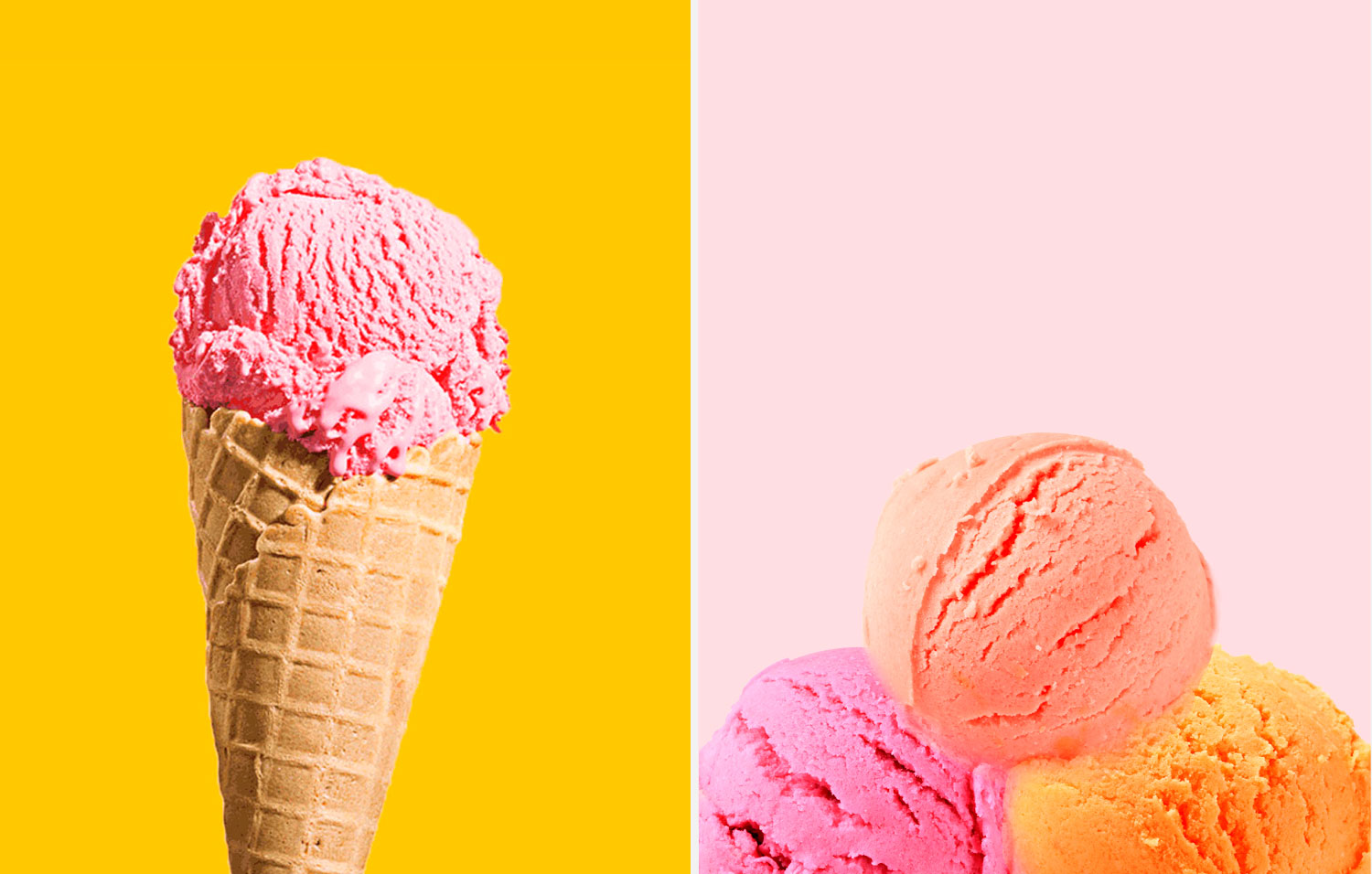

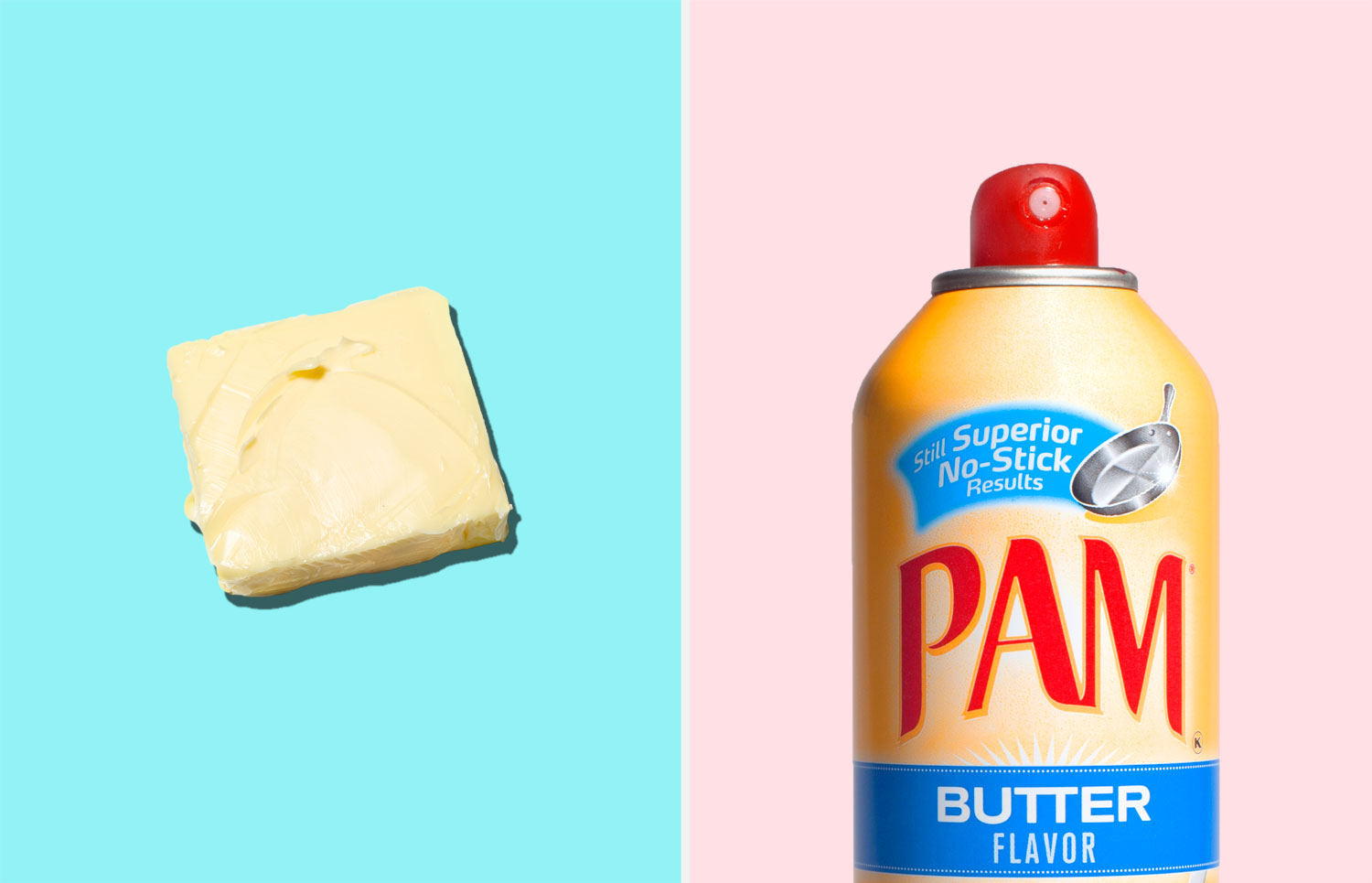
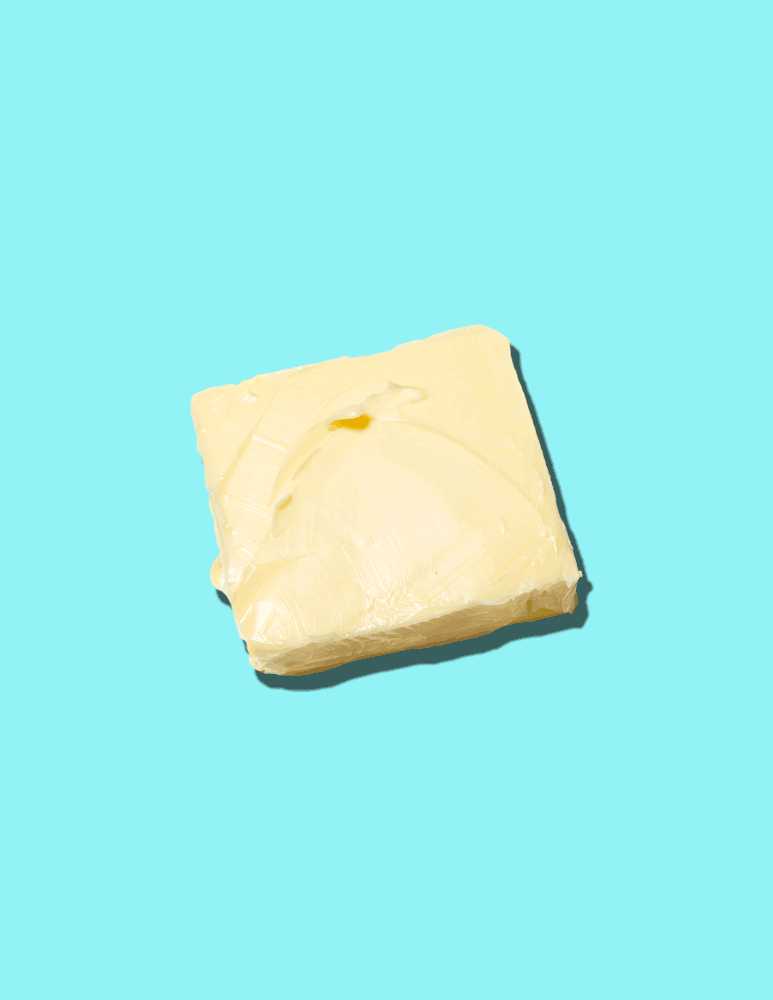
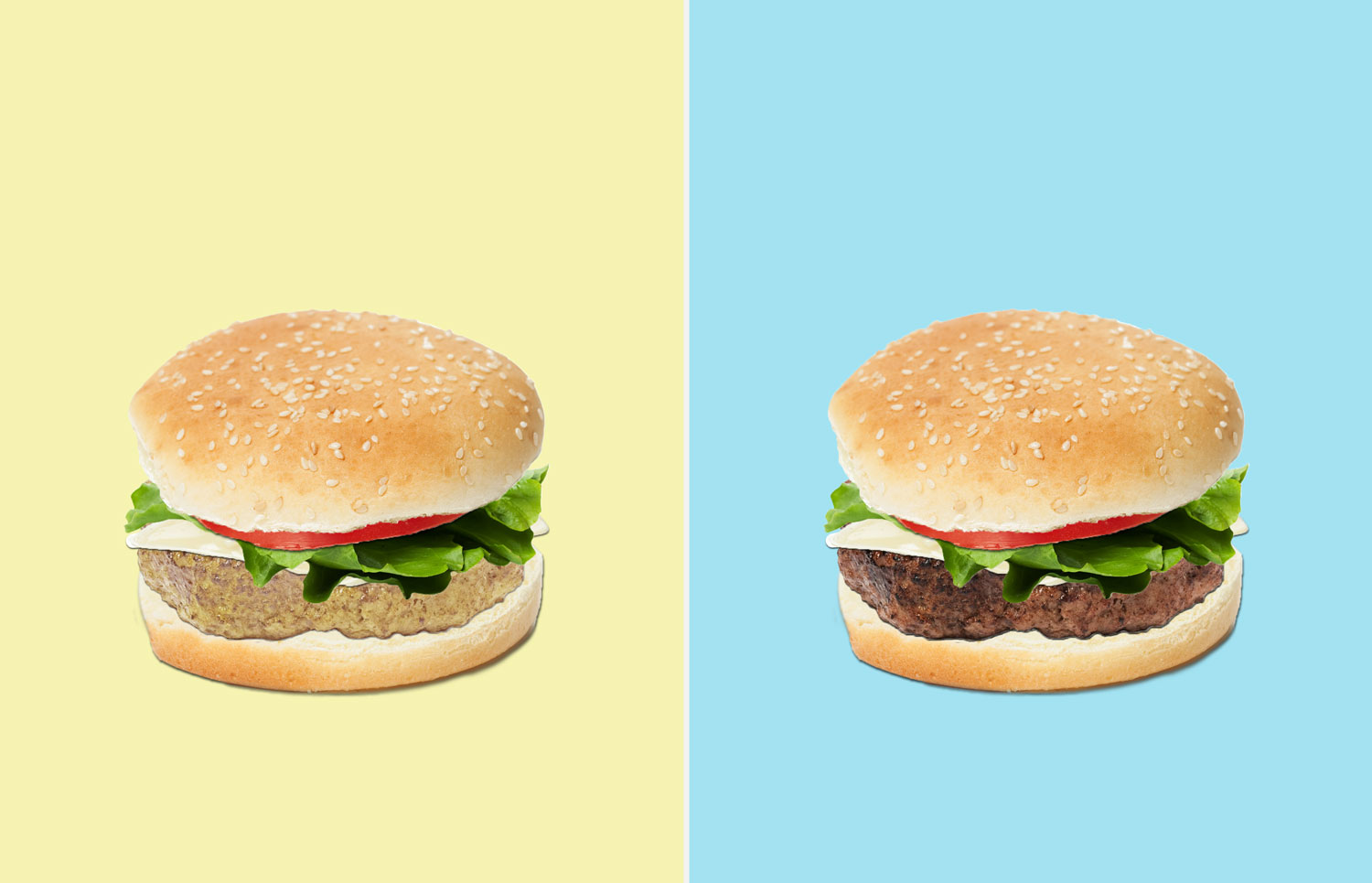
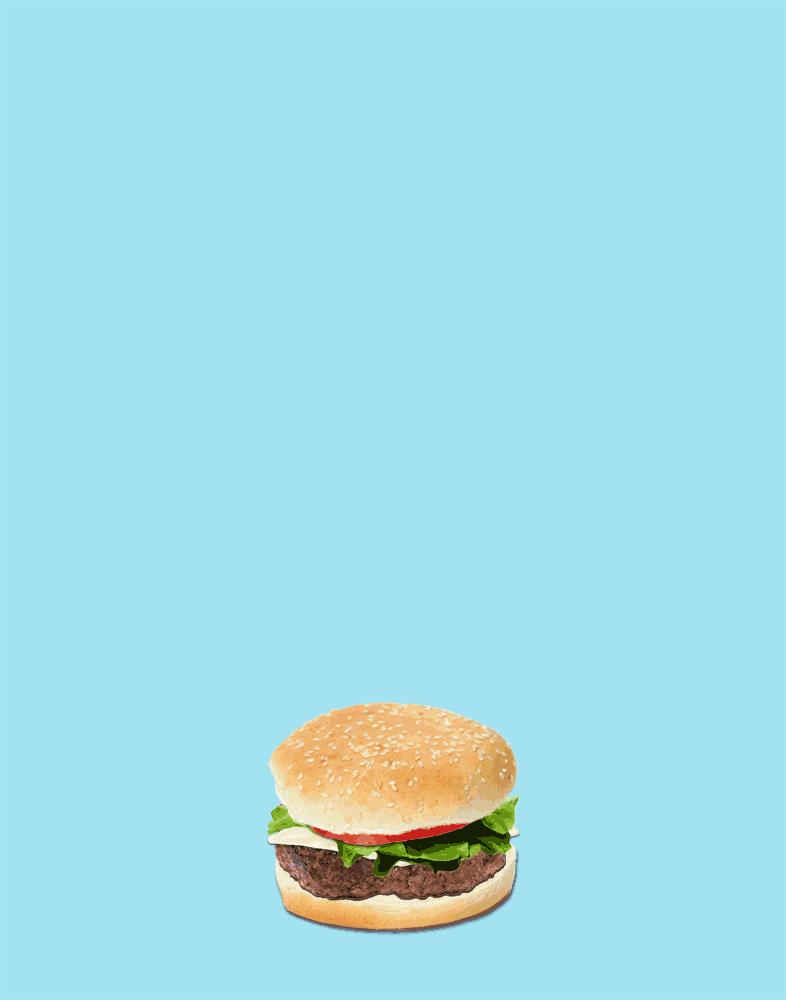
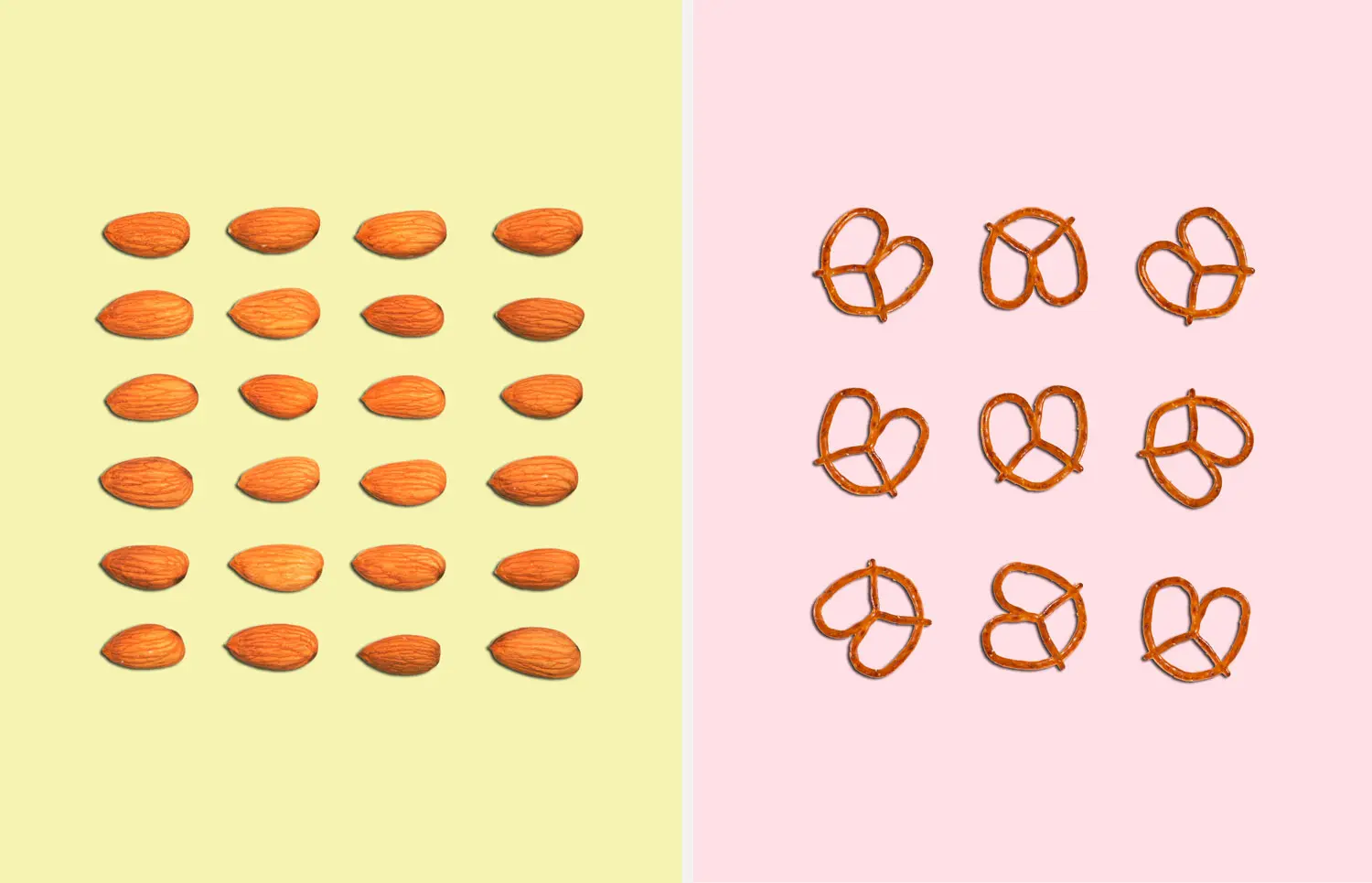
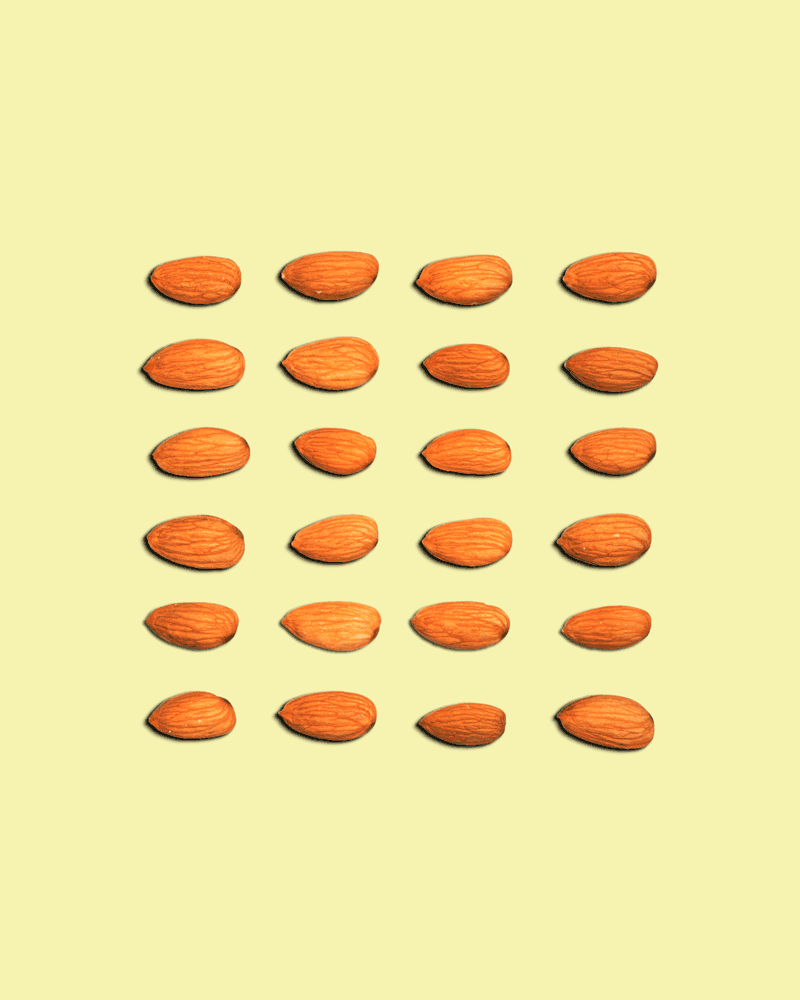






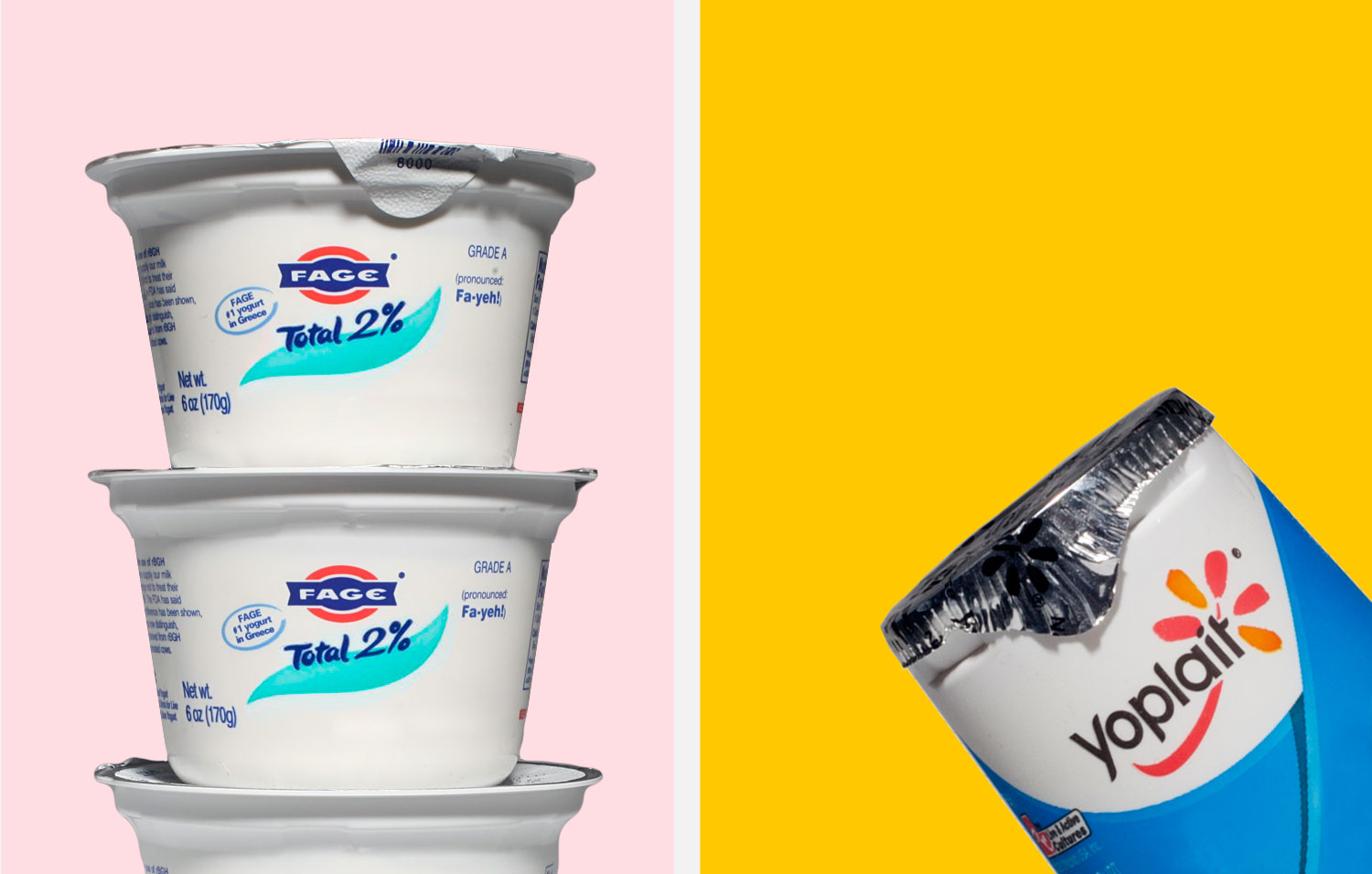

More Must-Reads From TIME
- What Student Photojournalists Saw at the Campus Protests
- How Far Trump Would Go
- Why Maternity Care Is Underpaid
- Saving Seconds Is Better Than Hours
- Welcome to the Golden Age of Ryan Gosling
- Scientists Are Finding Out Just How Toxic Your Stuff Is
- The 100 Most Influential People of 2024
- Want Weekly Recs on What to Watch, Read, and More? Sign Up for Worth Your Time
Write to Mandy Oaklander at mandy.oaklander@time.com